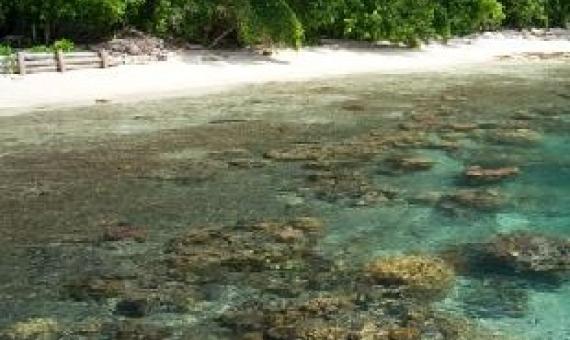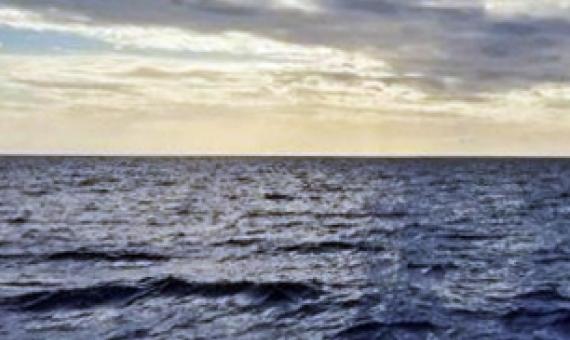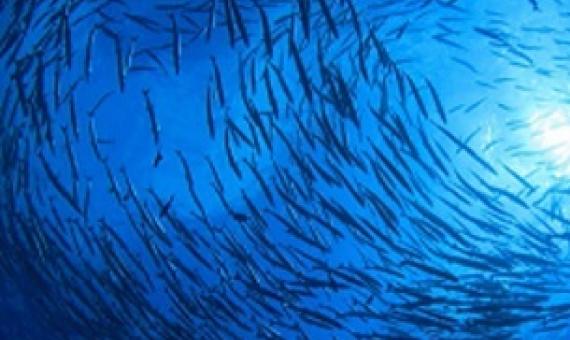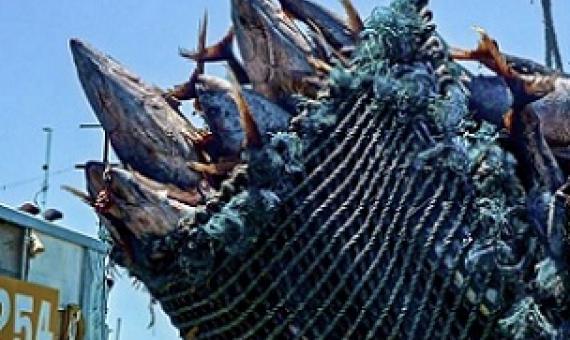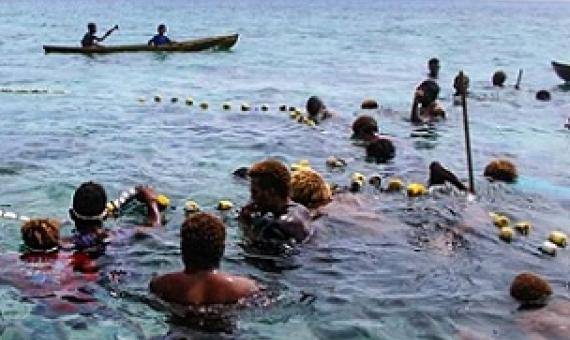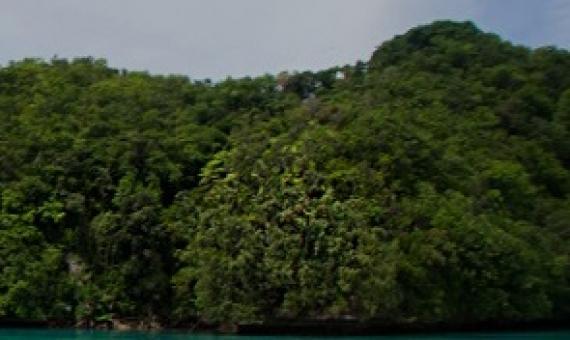Nestled on the eastern edge of Gatokae Island, in the picturesque Marovo lagoon, Western Province, lies a community that has been a shining example of integrating conservation, sustainable fisheries management, tourism and traditional knowledge to reduce overfishing pressures and improve the live
Minimizing land-based and sea-based human impacts at the same time might help reefs to recover from marine heatwaves, a study has found.
How do we go from protecting eight percent of marine areas to 30 percent in less than 10 years?
Blue Economy: Community solutions
The blue economy is an approach put forward by the international community to take into account the health of the oceans and seas as we strive to balance the three dimensions of sustainable development: economic, social and environmental. This concept promotes economic growth, social inclusion and improved livelihoods at the same time as ensuring the environmental sustainability of oceans and seas.
Subject to overfishing, marine megafauna – such as sharks, rays, and turtles – are among the world’s most threatened species groups. Somewhat paradoxically, these species also have widespread appeal.
Billions of people around the world rely on the ocean for food, income and cultural identity. But climate change, overfishing and habitat destruction are unraveling ocean ecosystems.
The benefits of sustainably managed wild fisheries, which support food and nutritional security, livelihoods, and cultures, are being undermined by government payments that incentivise overcapacity and lead to overfishing, biodiversity degradation and loss, and CO2 emissions, the scientists argue
The dual impacts of over-fishing and climate change appear to have resulted in the depletion of fish stocks on various common fishing grounds used by local fishermen from Titiana village, in the Western province of Solomon Islands...In response to poor catches, villagers are now looking more at r
Protecting the world’s oceans and its resources could be coming closer to reality as countries gather this week in China for the United Nations Conference on Biological Diversity.
The Palau International Coral Reef Center (PICRC) recently released a new technical report outlining the size and abundance of resource reef fish stocks across Palau.

